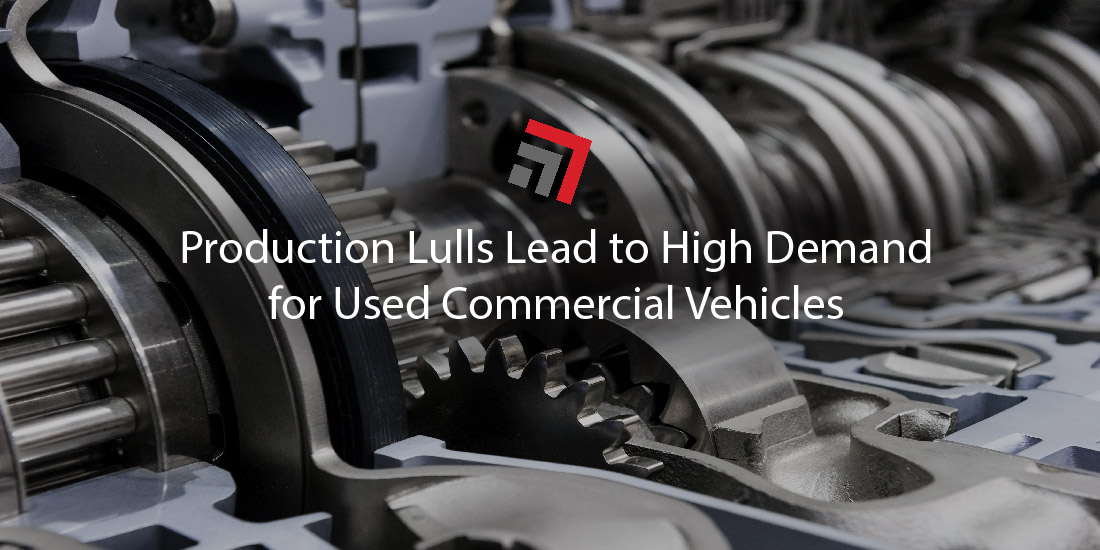Picture this. You are in the market for another car. Whatever model. Whatever make. Whatever color. It doesn’t matter.
Assuming you have aligned your finances for it, you would likely prefer a new car. They come with the best technology, features, and fuel economy. While they are more expensive than a used car, it makes sense at the end of the day. After all, it’s an investment for years to come.
However, it’s not as simple now. Clogged supply chains and shortages of components, a critical part required for vehicle production, have stirred up chaos for the vehicle manufacturing industry. Across the board, this industry is one of the more afflicted by supply chain related hiccups.
Let’s resume the above hypothetical. Presently, brand new cars are not as readily available. You can’t just jaunt to a local dealership and test-drive a new set of wheels.
If you want a new car, you will typically have to order one months in advance. Buyers have waited several months after their order to finally hit the road in their new car. In many cases, it’s their first time stepping into the vehicle.
OEM Production for New Trucks Stymied, Can’t Meet Demand
Enter the trucking industry.
Much in tune with the passenger vehicle market, commercial vehicle (CV) production has suffered the same blows of high demand and supply chain bottlenecks.
Over the past two years, original equipment manufacturers (OEMs) have struggled to satiate demand from dealerships, fleets, and lessors with all classes of brand-new CVs.
Certain events have fanned the flames even further. Ongoing war in eastern Europe and China’s Covid-related lockdowns earlier this year were the brunt of reasons for the strained rollout of brand-new CVs from OEMs.
Supplies for components, particularly semiconductors, were choked and OEMs had to scale back build rates and production. Back in May, they nearly ran out of build slots completely for 2022. With conservative goals set for 2023, the question remains up in the air on when OEMs will rebound.
Additionally, all the uncertainty and inflated costs of these sought-after commodities make it near impossible for OEMs to accurately quote their costs to customers. In return, their customers who need boosted capacity to take on our nation’s freight activity turned to an alternative solution.
Used CV Market Booms
The production slowdown of new CVs has benefited the market for its used counterparts. Used trucks, even older models with higher mileage, are now recipients of increased demand from fleets, dealerships, and lessors.
And, of course, wherever the demand goes the prices will follow. Whether buyers purchased used trucks via retail, wholesale, or auction, a high price tag came with these modest CVs.
March through May of this year was the paramount for used CV prices, according to data from J.D. Power, an auto data research and analytics firm. A three-year old used Class 8 (with an expected mileage of 400,000 miles) cost $165,000 to $175,000.
Whoa. That’s pretty high.
The market has seen a cooling to price since then, but it remains ludicrous compared to pre-pandemic averages.
In July, average prices on the auction market revealed model-year 2021 Class 8 trucks averaged a price of $145,278 a pop, per J.D Power. 2020 and 2019 models averaged a price of $116,840 and $80,347, respectively.
Final Thoughts
All things considered, the truck market is in a bizarre place. Customers—fleets in particular—have freight that needs to be hauled now. While it’s not ideal to pay such a steep price for used vehicles, many of which have logged hundreds of thousands of miles, it’s also vital for fleets to keep up with the demand from U.S. shippers, their customers, and reap profits for their businesses.
In other words, fleets can’t just stand pat and wait for OEMs to rebound with their production. Don Ake with FTR Intelligence told FleetOwner, “The market will reach balance, will reach equilibrium, but that’s going to take time. It may take to 2025 until you get a balanced market.”
Similar to the strange scene for CVs, used passenger vehicles have also shot up over the past few years as automakers have been unable to satisfy demand for brand-new vehicles. The U.S. Bureau of Labor Statistics’ used car index (which tracks used car prices), prices for used passenger vehicles rose 42 percent from December 2019 to now.
Contact one of our team members if you have any questions regarding this topic or any others in domestic logistics.
This is an everchanging industry. Stay current on rail and trucking developments through our weekly Road Map Newsletter.



Recent Comments